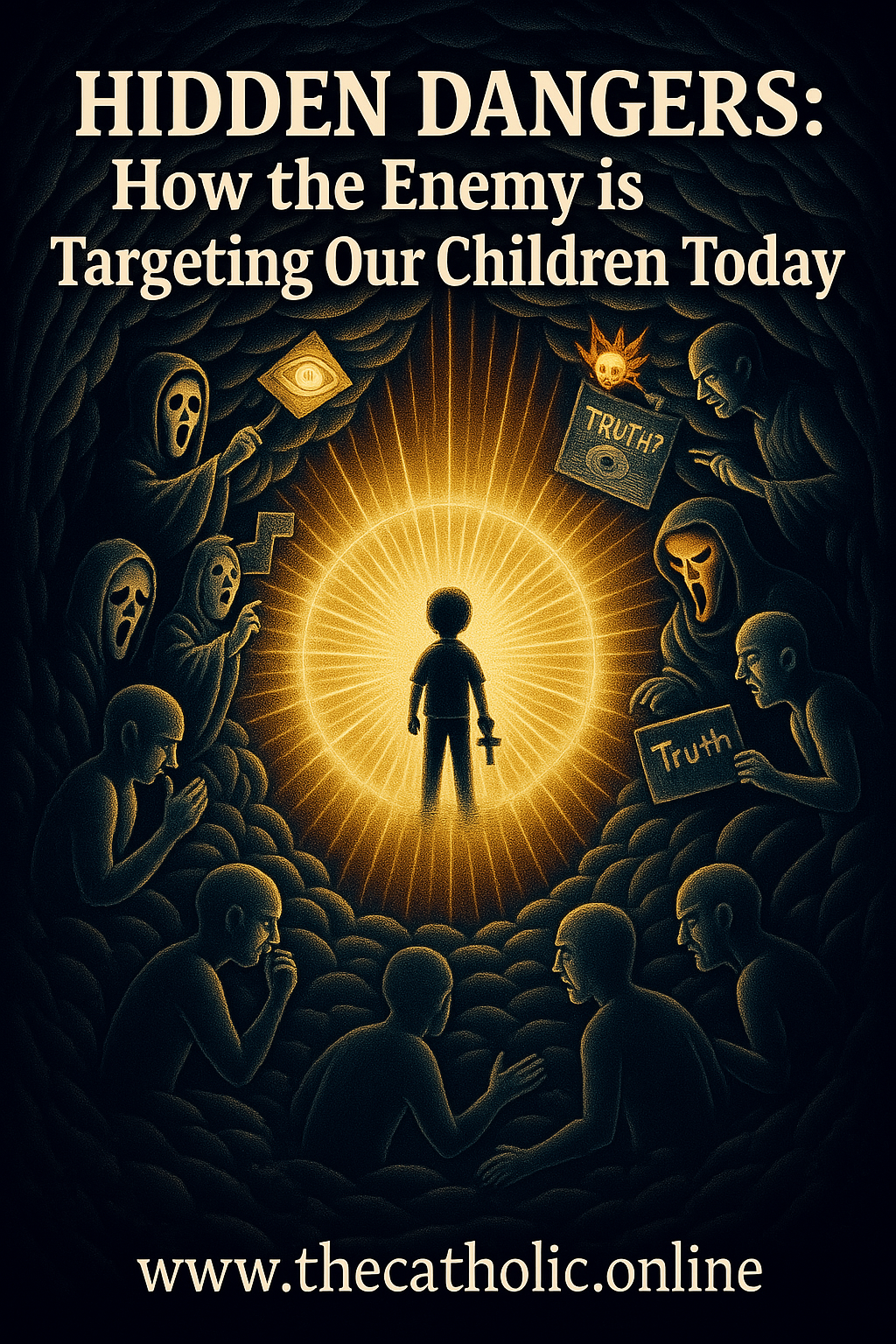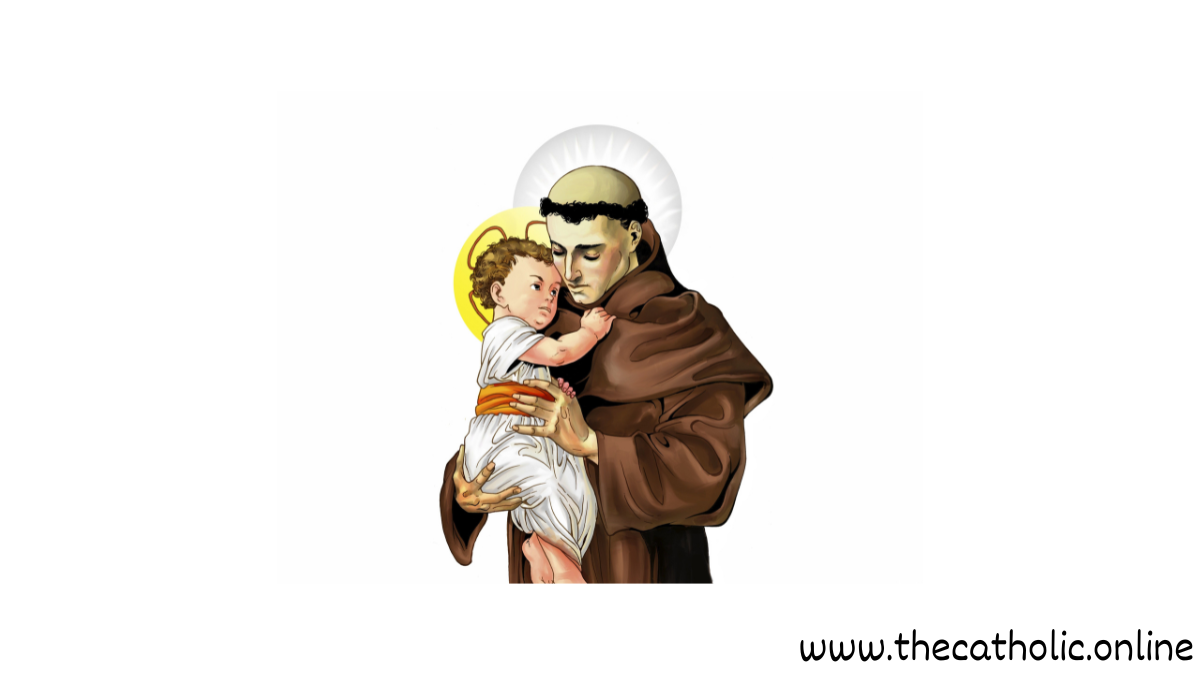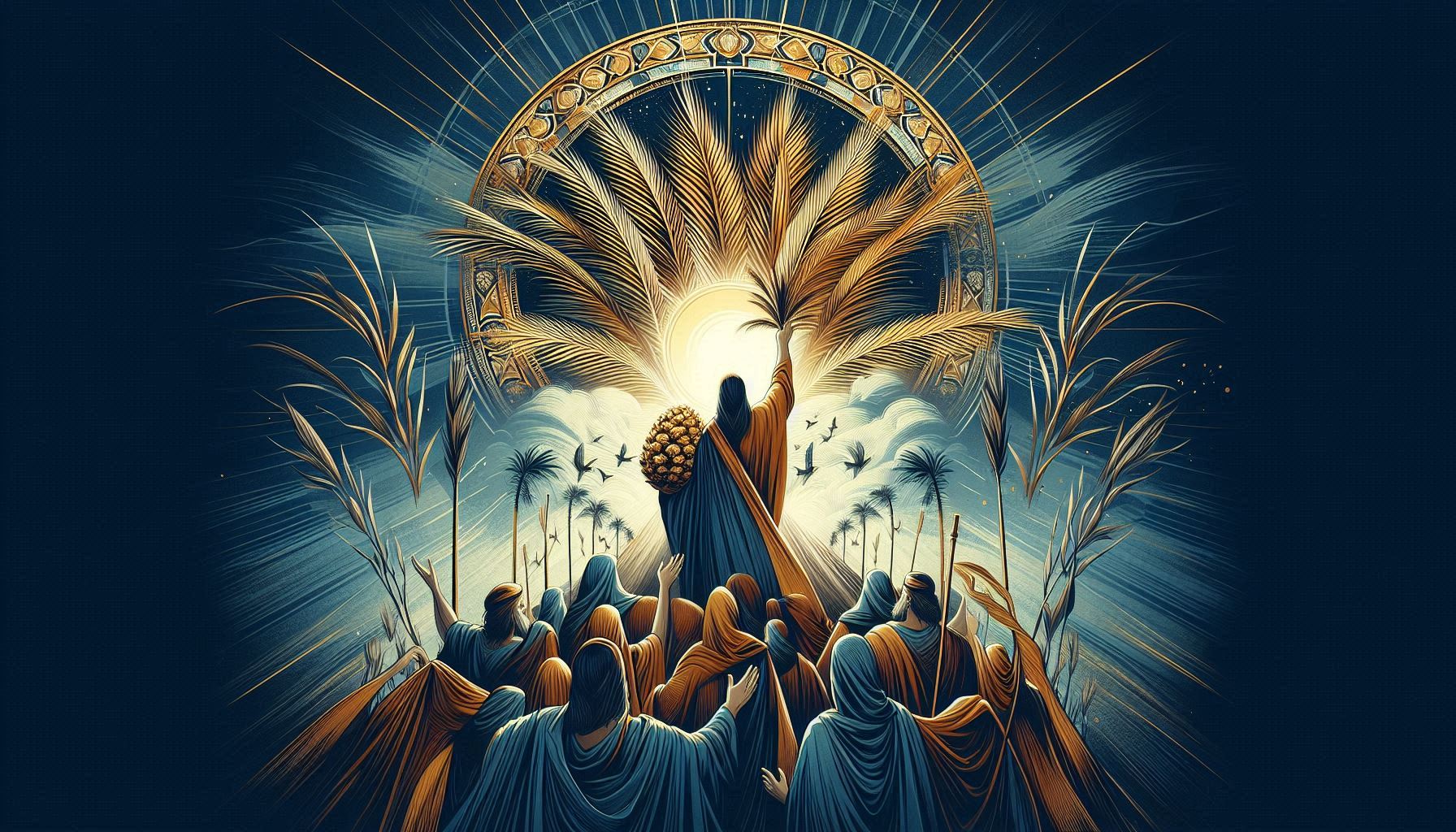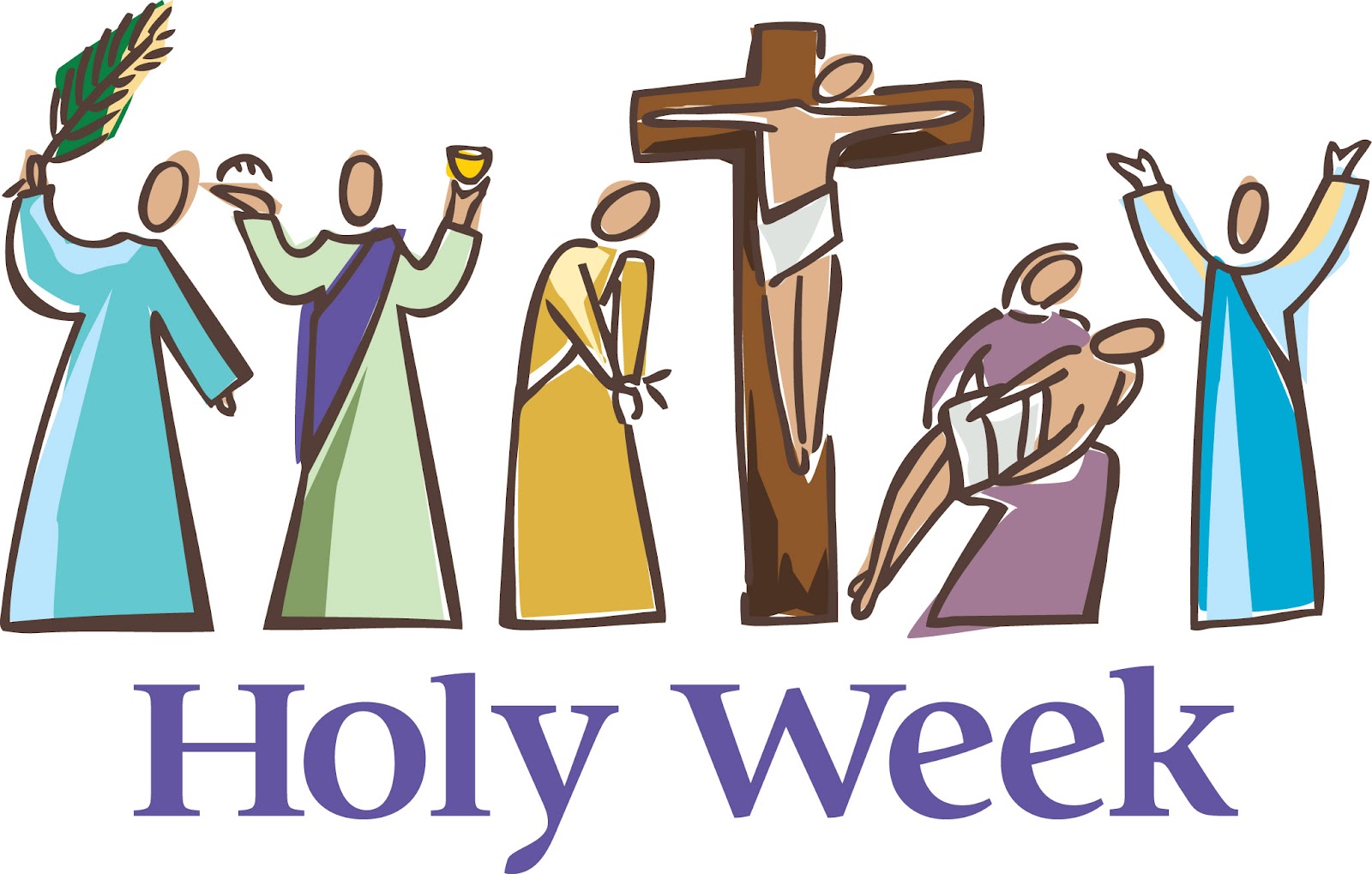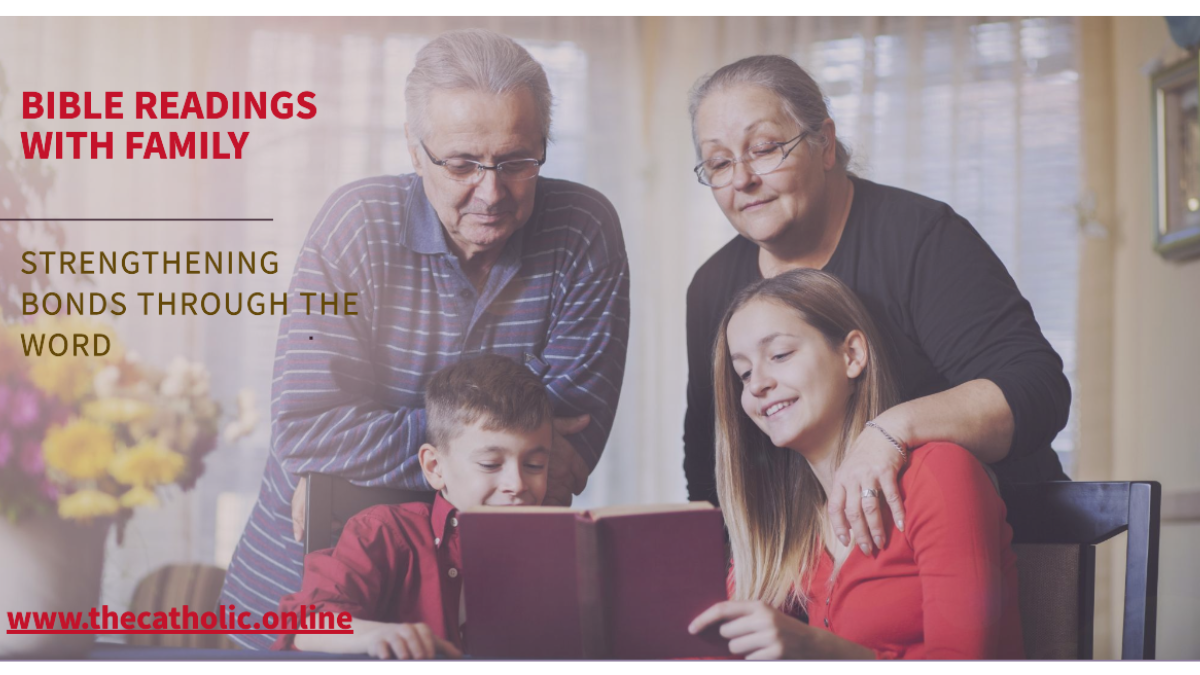
 Add to favorites
Add to favorites
Becoming Catholic is a life-changing spiritual journey that involves faith, learning, and commitment. Whether you’re new to Catholicism or have been away for years, this guide will help you. It will guide you from understanding the Church’s teachings to fully embracing Catholic life.
Understanding Catholicism
Before taking the first step, it’s important to understand what Catholicism stands for. The Church is founded on the teachings of Jesus Christ and has guided believers for over 2,000 years. Key aspects include:
• Sacraments: Seven sacred rituals, including Baptism, Eucharist, and Confirmation.
• Sacred Scripture & Tradition: Catholics believe in both the Bible and teachings passed through the Church.
• Church Authority: The Pope, bishops, and priests guide Catholics in faith and doctrine.
Step 1: Exploring Your Interest in Catholicism
To begin your journey:
• Attend Mass at a Catholic Church.
• Read the Bible and study the Catechism of the Catholic Church.
• Talk to a Catholic priest or a mentor about your faith journey.
• Pray daily and seek guidance from God.
Step 2: Join the Rite of Christian Initiation for Adults (RCIA)
For those converting as adults, the Rite of Christian Initiation for Adults (RCIA) is the main pathway. This process includes:
• Catechesis (learning Catholic teachings).
• Spiritual formation (growing in faith).
• Liturgical rites (participating in Church ceremonies).
• Community involvement (connecting with other Catholics).
RCIA usually lasts several months and culminates in receiving sacraments at the Easter Vigil Mass.
Step 3: Baptism – The First Sacrament
If you haven’t been baptized before, Baptism is your official entry into the Catholic Church. A priest will pour water over your head, saying:
“I baptize you in the name of the Father, and of the Son, and of the Holy Spirit.”
This sacrament washes away original sin and welcomes you into the faith.
Step 4: Receiving the Eucharist (Holy Communion)
After Baptism, Catholics receive the Eucharist, also called Holy Communion. The Eucharist is believed to be the body and blood of Christ, consumed during Mass for spiritual nourishment.
Step 5: Confirmation – Strengthening Your Faith
Confirmation is the sacrament where you receive the Holy Spirit. A bishop anoints you with chrism oil while saying:
“Be sealed with the gift of the Holy Spirit.”
This strengthens your faith and prepares you for a lifelong Catholic journey.
Step 6: Confession and Reconciliation
Once baptized and confirmed, Catholics regularly participate in Confession (Reconciliation). This allows you to seek forgiveness for sins and receive God’s grace through a priest.
Step 7: Living as a Catholic
Becoming Catholic isn’t just about receiving sacraments—it’s about actively living your faith. Here are some practical tips to help you integrate Catholicism into your daily life:
1. Prioritize Prayer
- Begin and end each day with prayer.
- Learn traditional Catholic prayers (Our Father, Hail Mary, Glory Be).
- Keep a prayer journal to reflect on your spiritual growth.
2. Attend Mass Regularly
- Make Sunday Mass a priority.
- Attend weekday Mass when possible for spiritual nourishment.
- Actively participate—listen to readings, sing hymns, and engage in prayers.
3. Read the Bible and Catechism
- Set time aside for Scripture reading.
- Use a Catholic Bible with footnotes for deeper understanding.
- Study the Catechism to learn about Church teachings.
4. Receive the Sacraments Frequently
- Go to Confession regularly (monthly is a great practice).
- Receive the Eucharist with reverence and preparation.
- Strengthen your faith through Confirmation and personal devotions.
5. Find a Catholic Community
- Join a parish group or Bible study.
- Engage in Catholic social events to build friendships.
- A support system helps you grow spiritually.
6. Live Out Your Faith
- Show kindness and live morally.
- Volunteer for Church ministries or charity work.
- Be a witness to Christ through your actions.
7. Learn About Saints and Catholic Traditions
- Read about saints who inspire you.
- Celebrate feast days and Catholic holidays.
- Incorporate Catholic traditions like Adoration or the Rosary.
8. Stay Curious and Keep Learning
- Listen to Catholic podcasts and watch faith-based videos.
- Read books by Catholic theologians and spiritual leaders.
- Ask questions and seek guidance from priests or mentors.
Conclusion
Becoming Catholic in 2025 is a beautiful and life-changing experience that deepens your relationship with God. Whether you’re joining through RCIA or rediscovering your faith, Catholicism offers spiritual fulfillment and a supportive community.
If you’re ready to take the next step, visit a local parish, speak with a priest, and begin your journey today. Welcome to the Catholic faith!
Views: 34


